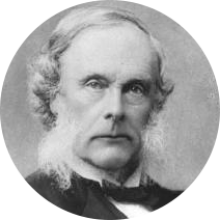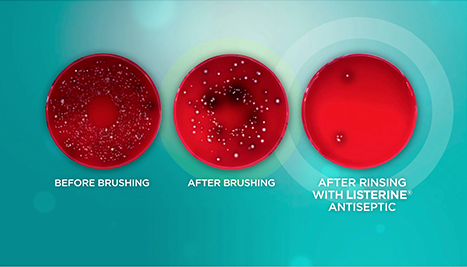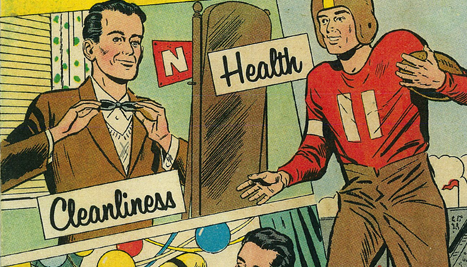Ever wondered where LISTERINE® rinse got its name? Dr. Joseph Lawrence, the creator of LISTERINE® mouthwash, wanted to name his work after a scientist who paved the way. Lister, an English doctor and surgeon, became the first surgeon to perform an operation in a chamber sterilized with pulverized antiseptic. The result? More patients survived than ever before. Inspired, Lawrence created a unique formulation of his own that was perfect for killing germs in tissues, like those found in your mouth.
From Surgery Antiseptic to Modern Mouthwash

1860
Louis Pasteur’s theory that invisible germs are the cause of numerous infections inspires an English doctor named Joseph Lister.
1865
Lister becomes the first surgeon to perform an operation in a chamber sterilized by pulverizing antiseptic in the air. Mortality rates begin to fall.
1876
Lister publicly recognizes the work of 2 men working to modernize surgical practices: Dr. Joseph Lawrence and Robert Wood Johnson, founder of Johnson & Johnson.

1879
Inspired by Lister, Lawrence creates LISTERINE® mouthwash, a unique antiseptic for use in surgeries and bathing wounds.
1881
Lambert Pharmaceutical Co. buys the rights to the LISTERINE® formula and begins to produce and market it.
1895
Studies show that LISTERINE® rinse is effective at killing germs in the mouth, and it catches the attention of dentists.
1914
LISTERINE® mouthwash becomes the first prescription product in the United States to also be sold over the counter and is marketed as an oral germ killer.
1920s
LISTERINE® mouthwash renames bad breath “halitosis” and sales rise.
1997
LISTERINE® mouthwash puts the tooth fairy out of a job in an iconic commercial.
2006
LISTERINE® mouthwash makes a bold statement: rinsing with LISTERINE® mouthwash reduces plaque by up to 52% more than brushing alone.




